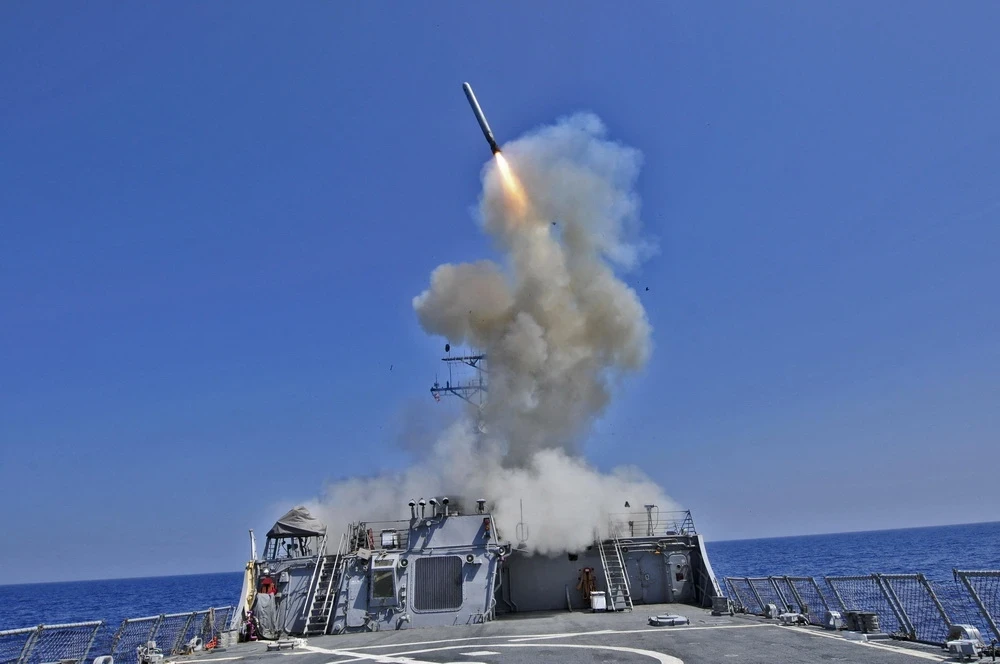Several unnamed US officials said the targets of this airstrike included Houthi logistics centers, air defense systems and weapons storage locations.

On January 11, the US and British militaries conducted airstrikes on more than 10 Houthi sites in Yemen in a large-scale retaliatory attack using Tomahawk missiles launched from warships and fighter jets.
Several unnamed US officials said the targets of this airstrike included Houthi logistics centers, air defense systems and weapons storage locations.
AP reporters reported hearing four explosions early on January 12 (local time). Meanwhile, residents in the city of Hodieda, located on the Red Sea and the largest port city controlled by Houthis, said they heard five loud explosions.
The airstrikes marked the first response by the US military to a sustained campaign of drone and missile attacks on commercial vessels in the Red Sea since the conflict between Hamas and Israel in the Gaza Strip erupted.
The joint US-UK airstrike came just a week after the White House and a host of partner nations issued a final warning to the Houthis to stop their attacks or face potential military responses.
Initially, the warning worked in the short term, with the attacks stopping for a few days. However, on January 9, the Houthis launched their largest-ever airstrike against commercial shipping in the Red Sea. The US and UK responded by shooting down 18 drones, two cruise missiles and an anti-ship missile.
Since November 19, 2023, Houthi forces have seized the commercial vessel Galaxy Leader and launched more than 20 missile and drone attacks on commercial and naval vessels in the Red Sea as part of a ban on all ships traveling to Israel through this vital sea route.
The Houthis said their actions were aimed at forcing Israel to stop airstrikes on the Gaza Strip, amid a flare-up of conflict between Israel and the Islamist Hamas movement.
TB (according to VNA)